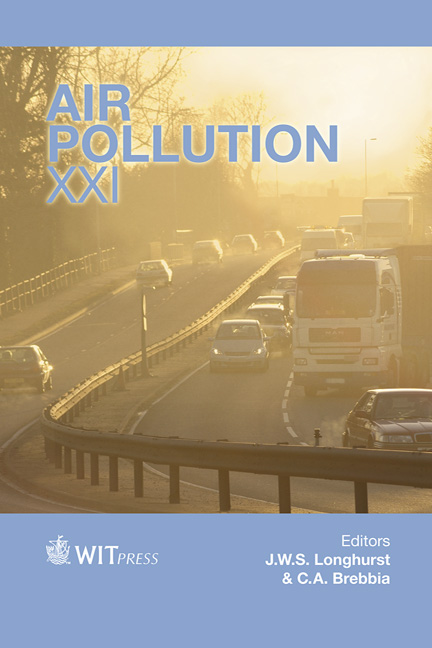Monitoring Airborne Dust In An Italian Basalt Quarry: Comparison Between Sampling Methods
Price
Free (open access)
Transaction
Volume
174
Pages
10
Page Range
75 - 84
Published
2013
Size
370 kb
Paper DOI
10.2495/AIR130071
Copyright
WIT Press
Author(s)
G. Alfaro Degan, D. Lippiello & M. Pinzari
Abstract
A field study in a dark grey basalt quarry nearby Rome is presented. PM10 airborne concentration due to typical quarry operations was recorded during a period of two months. The aim of the work is testing the suitability of the laser light scattering method in measuring airborne dust concentration in such typical environmental conditions like those from quarrying operations. To the scope, two sampling campaigns were developed according with two different methods: from one side a traditional gravimetric method (NIOSH 0600) based on an air sampling pump connected with PVC filters through a 37 mm aluminum cyclone was used to assess PM10 concentration. On the other hand, a light scatter technology developed with a real time dust monitor was applied. This method, which is based on a photo detector that measures laser light scattered by particles in the sampled stream, allows us to assess airborne dust concentration through a specific calibration generally carried out by comparing the time weighed average photometer readings with field measures of a known dust test (A1 Arizona Road Dust in this case). The step of assessing airborne dust concentration from a sampled particle number is a critical passage, as concentration itself is strictly connected to the physical and chemical characteristics of the sampled aerosol, such as particle size distribution, density and refractive index that obviously vary from pollutant to pollutant. So after a preliminary comparison of the sampled sets of values, some further analysis was developed in order to test the accuracy of the sampled values and the correlation factor was assessed. The R2 value (0.706) showed a fairly good correlation between the two methods suggesting we consider the optical method suitable to survey PM10 in the specific case. So basalt airborne dust was taken into account and a field calibration was developed. The results showed a fulfilling improvement of correlation factor
Keywords
PM10, respirable dust, real time dust monitor, gravimetric sampler, calibration





